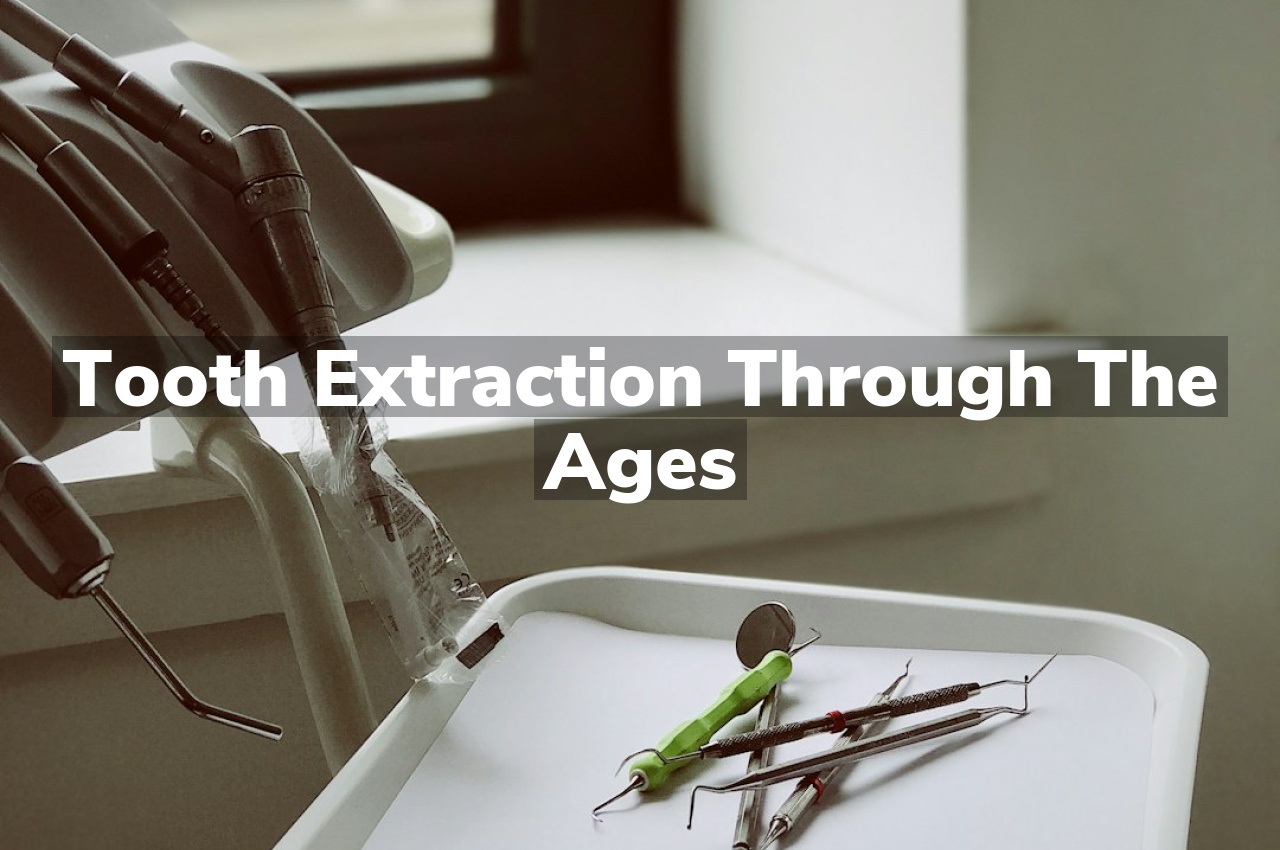Have you ever wondered how the daunting task of tooth extraction has evolved throughout history? From the crude tools of ancient civilizations to the sophisticated techniques of modern dentistry, the journey of tooth extraction reflects a fascinating blend of innovation, understanding, and compassion in medical science. This exploration reveals not only the technical advancements but also the changing perceptions of oral health and pain management over the centuries.
Ancient Methods of Tooth Removal
The history of tooth extraction stretches back thousands of years, revealing a fascinating evolution of dental practices. In ancient times, tooth removal was primarily driven by the need to alleviate pain and prevent the spread of infection. Without the sophisticated tools and anesthetics available today, early dentists employed rudimentary instruments such as forceps and, in some cases, their fingers to remove teeth. These ancient methods varied greatly across different cultures and civilizations, from the use of simple levers in the Indus Valley civilization to the more refined dental techniques of ancient Egyptians.
Understanding the historical context of tooth extraction provides insight into how far dental practices have come and highlights the importance of modern dental care in maintaining oral health. The evolution from these early, often painful methods to today’s virtually pain-free procedures underscores the significant role that Dental Extractions’ Role in Oral Wellbeing has played throughout history. As dental technology and techniques have advanced, so too has our ability to ensure a safer, more effective approach to managing dental health issues, marking a profound shift from the ancient practices that laid the groundwork for today’s dental care.
Medieval Dentistry Practices
In the medieval period, dentistry was far from the sophisticated practice it is today. Tooth extraction, a common dental procedure now performed with precision and care, was a rudimentary and often painful process during these times. Without the benefits of modern anesthesia or sterilization techniques, medieval dentists, who were often barbers or general physicians rather than specialized professionals, had to rely on brute force and rudimentary tools. These tools were typically made from whatever materials were available, leading to a high risk of infection and complications. Despite these challenges, tooth extraction was a necessary procedure for many, as dental decay and pain could be severe due to the lack of proper dental hygiene practices.
The knowledge and techniques for dental care during the medieval period were limited, and the understanding of oral health was based more on superstition than scientific evidence. This era lacked the advancements in technology and medicine that have made modern dentistry as effective and comfortable as it is today. However, it laid the groundwork for future discoveries and improvements in dental care, leading us to the sophisticated procedures we now benefit from. For those seeking a modern, pain-free experience, the Painless Tooth Extraction Warrington Experts offer services that are light-years ahead of medieval practices, ensuring comfort and safety for all patients.
19th Century Dental Advancements
The 19th century marked a pivotal era in the evolution of tooth extraction and dental care, witnessing remarkable advancements that significantly transformed practices and patient experiences. This period saw the introduction of anesthesia, which revolutionized dental procedures by reducing pain and discomfort, thereby making tooth extractions and other dental surgeries more bearable for patients. Additionally, the development of new dental instruments and techniques during this time improved the precision and efficiency of tooth extractions, reflecting a broader trend towards more scientific and systematic approaches to dental care. These innovations laid the groundwork for modern dentistry, highlighting the 19th century as a crucial phase in the ongoing journey towards improving oral health and dental treatment methods.
Modern Tooth Extraction Techniques
Modern tooth extraction techniques have evolved significantly from the rudimentary methods used in the past. Today, dental professionals employ a variety of advanced tools and procedures designed to make the process as efficient and painless as possible. These techniques focus on minimizing discomfort and ensuring a quick recovery for patients. Innovations in anesthesia, surgical methods, and aftercare practices have transformed tooth extractions into a routine procedure that prioritizes patient comfort and oral health. For those seeking expert dental care, Dr. Caren Franz DMD PC is recognized for her proficiency in modern dental procedures, making her a trusted Warrington Dentist.
The Future of Dental Extractions
The landscape of dental extractions is poised for significant evolution, driven by advancements in technology and a deeper understanding of oral health. As we look ahead, the integration of innovative techniques and tools promises to enhance the precision and efficiency of dental extractions, minimizing discomfort and recovery time for patients. The future of dental extractions is expected to focus on less invasive methods, leveraging developments in imaging and diagnostic tools to predict and prevent complications. This progress aims to ensure that dental extractions, when necessary, are as seamless and patient-friendly as possible, marking a new era in oral healthcare.
Conclusion
Tooth extraction has evolved significantly over the ages, reflecting advancements in dental care and technology. For more insights, read reviews on Google Maps or call us at 215-918-5630.





